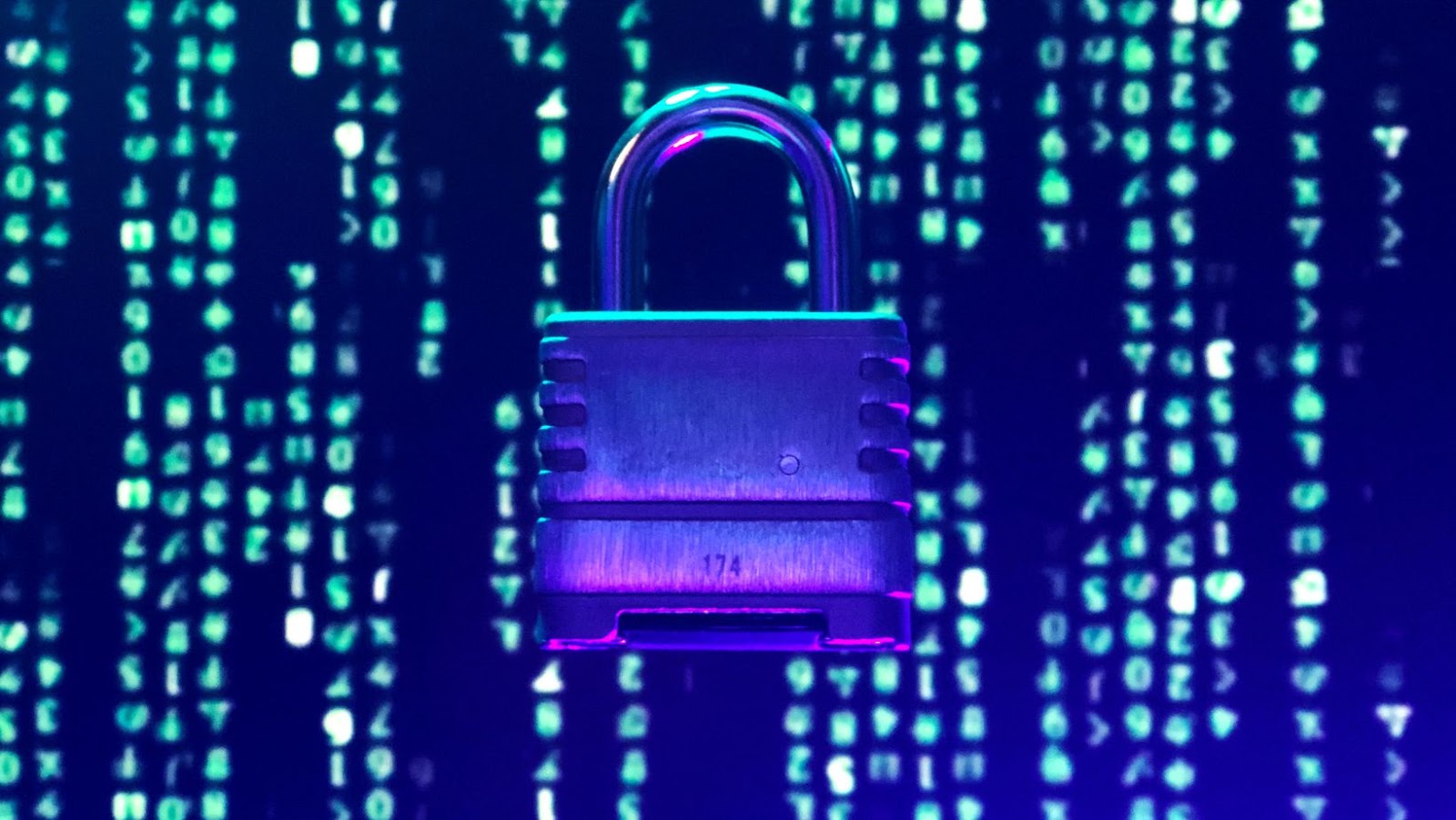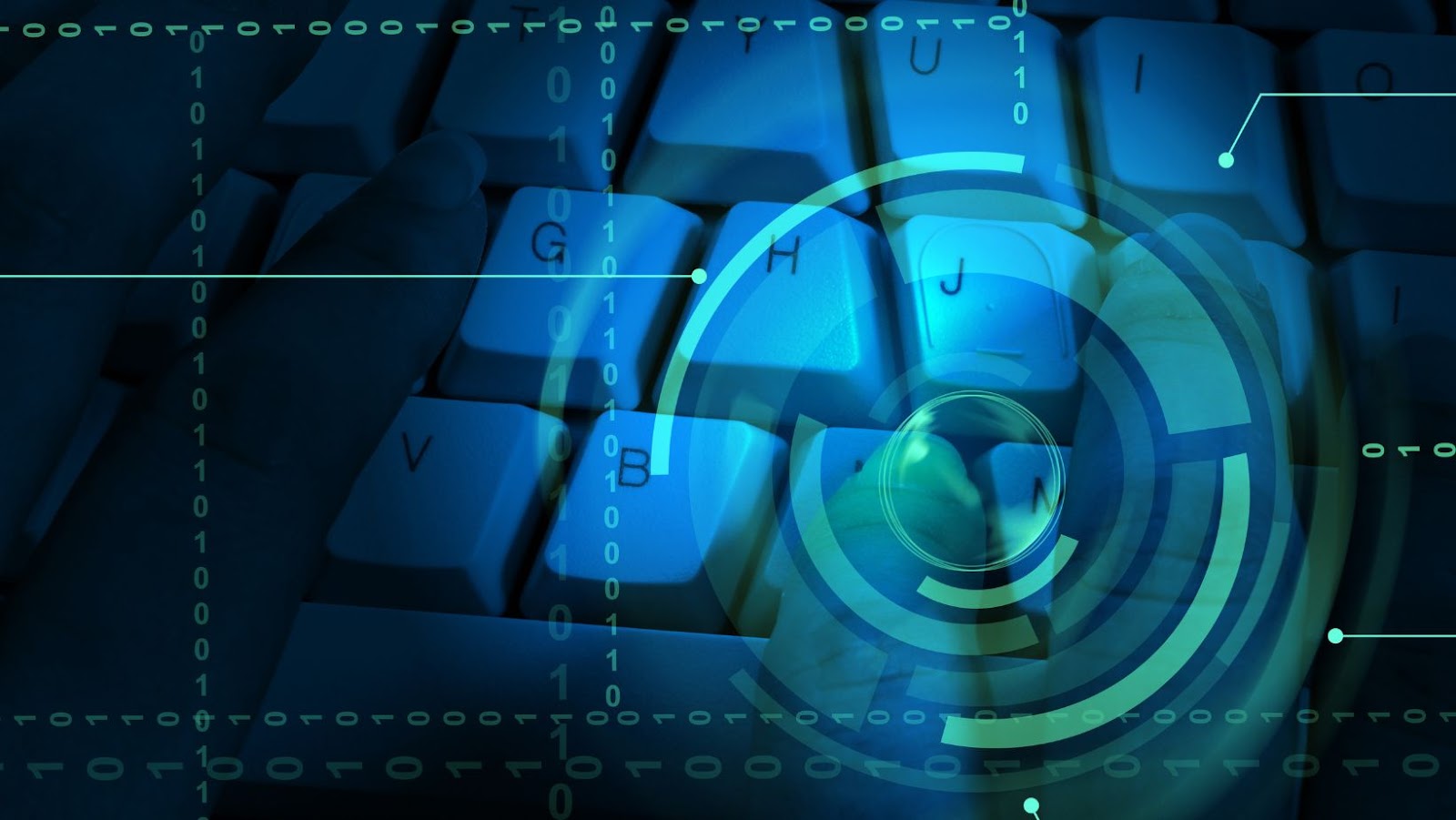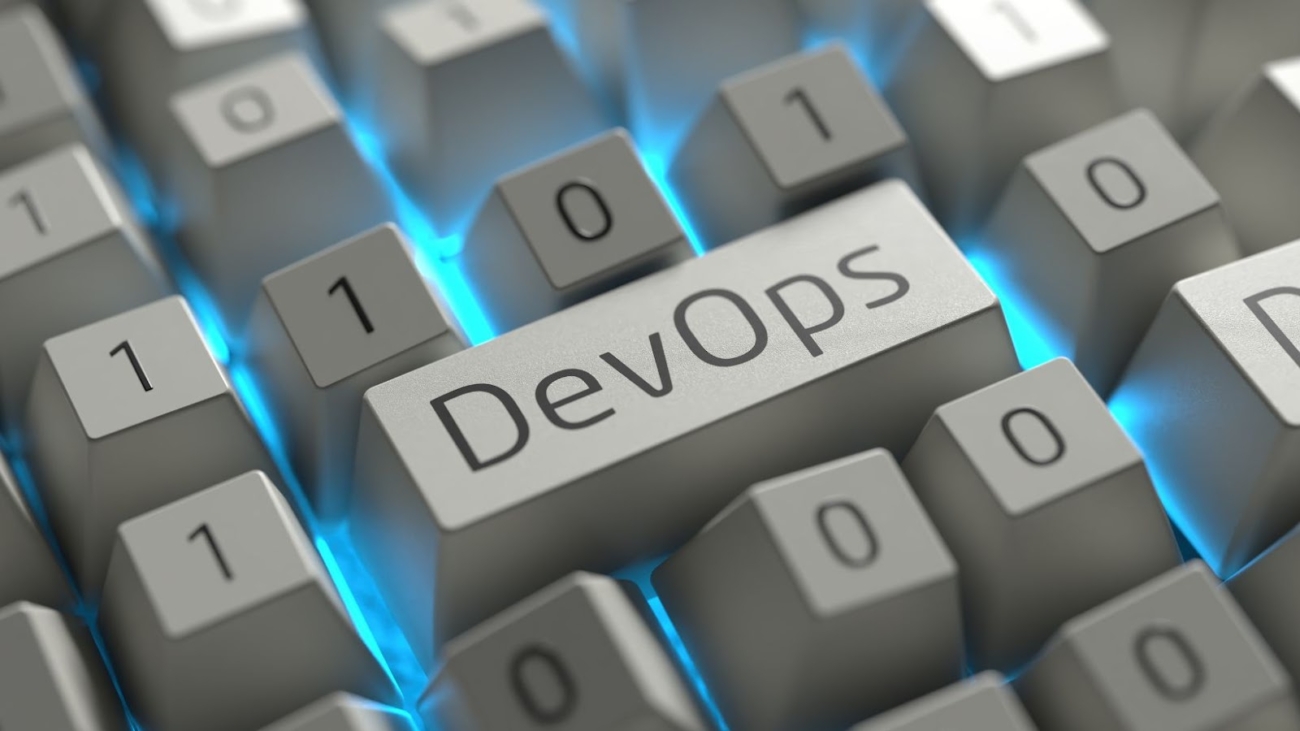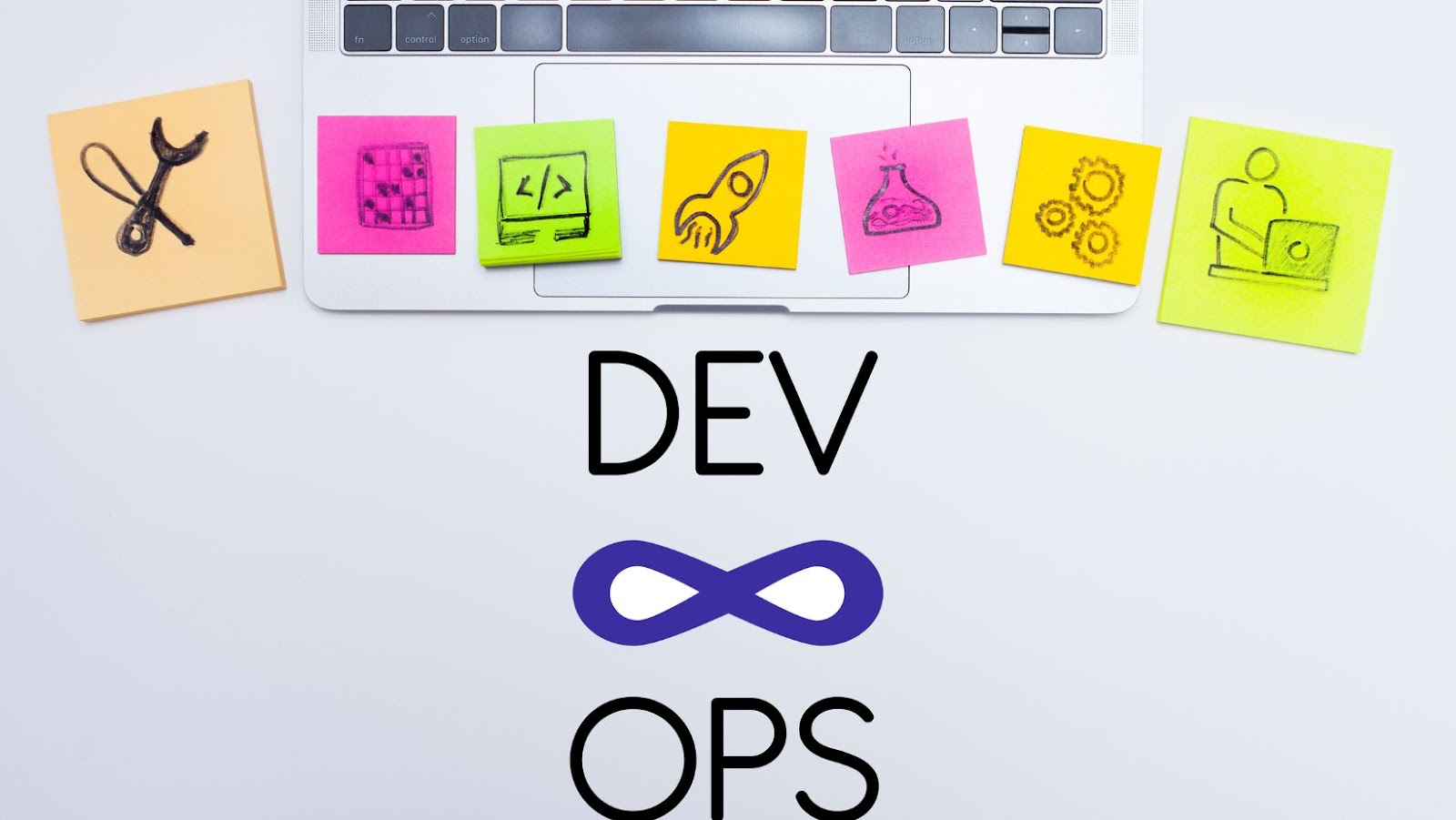Duolingo is one of the most popular language-learning platforms in the world. It offers a unique approach to language education by providing a gamified experience that makes learning fun and accessible to people of all ages and backgrounds. In this article, I will explain the basic mechanics of how Duolingo works, and how it can help you learn a new language.
When you log on to Duolingo, you first select the language you want to learn. Duolingo offers courses in dozens of languages, from Spanish and French to Klingon and High Valyrian. Once you select your language, Duolingo opens up a world of learning activities, games, and challenges that are designed to help you gradually build your vocabulary and grammar skills.
Duolingo works by using a combination of methods to help people learn new languages. The platform employs an adaptive learning algorithm that tailors each lesson to the individual user’s level of ability and progress. As you work your way through the lessons and challenges, Duolingo uses a combination of written and spoken prompts, visual aids, and interactive exercises to help you learn the language in a natural, intuitive way.
how does duolingo work
As an expert on language learning, I’ve had many people ask me the question, “How does Duolingo work?” The answer lies in the science behind its language learning method. Duolingo combines several proven techniques to deliver an effective and engaging language learning experience.
Here are some key elements of Duolingo’s language learning method:
– Gamification: Duolingo uses game-like features such as earning points and rewards to make the learning experience more engaging and fun.
– Spaced repetition: The app uses an algorithm that tracks how well you know each word and adjusts the frequency of its appearance in your lessons. This helps you to retain information better and avoid forgetting what you’ve learned.
– Contextual learning: Duolingo uses real-life examples and situations to teach new vocabulary and grammar concepts in a way that feels relevant and useful.
– Immediate feedback: The app provides instant feedback on your answers, which allows you to learn from your mistakes and avoid repeating them in the future.
– Adaptive learning: Based on your performance and progress, Duolingo adapts and changes the difficulty level of each lesson to match your level of proficiency and challenge you appropriately.
– Social interaction: Duolingo allows you to connect and compete with other language learners, which can motivate you to keep practicing and improve your skills.
By combining these techniques, Duolingo is able to provide a language learning method that is both effective and enjoyable. In fact, a 2012 study by the City University of New York found that 34 hours of Duolingo study was equivalent to a semester of college-level Spanish courses.
So there you have it – that’s how Duolingo works!
The Role of Gamification in Duolingo
One of the main reasons that Duolingo is so effective is the gamification element of the platform. The use of games and challenges help to keep users engaged and motivated to continue learning. In this section, I will explain how gamification works in Duolingo and its impact on language learning.
Duolingo’s Gamification System
Duolingo has incorporated a number of gaming elements to make language learning fun and engaging. The app uses a point system that allows users to earn badges and progress through levels. The more correct answers a user provides, the more points they receive and the faster they advance through the levels.
The language learning process is divided into modules which contain lessons that cover different topics such as grammar, vocabulary and conversational skills. Each lesson has a set of objectives that must be accomplished before a user can move on to the next one.
One of the most interesting features of Duolingo’s gamification system is the use of streaks. A streak is the number of consecutive days a user has used the app to complete a lesson. Users are motivated to continue learning by keeping their streak alive and earning rewards for hitting milestone streaks.
The Impact of Gamification on Language Learning
Gamification has proven to be an effective tool for language learning as it motivates users to continue learning and provides a sense of achievement. A study conducted by the City University of New York found that 34 hours of Duolingo is equivalent to one semester of a college-level language course.
The use of gamification also helps to create a more personalized learning experience. Duolingo’s algorithm adjusts to a user’s progress and performance, serving lessons tailored to their skill level. The platform tracks each user’s performance and provides feedback to help identify areas requiring more work.
In summary, gamification is a fundamental part of how Duolingo works and plays a significant role in making language learning fun and effective. By incorporating elements of gaming into the learning process, Duolingo has created a highly engaging and personalized platform that motivates users to continue learning a new language.
How Duolingo Personalizes Your Learning Journey
Many language learners struggle to find a personalized learning experience. However, with Duolingo, users can take advantage of the customizable learning journey offered by the platform. Here’s how it works:
1. Initial Placement Test: When users sign up for Duolingo, they take an initial placement test that assesses their proficiency level in the language they want to learn. This allows the platform to determine what level of difficulty is appropriate for the user’s learning journey.
2. Adaptive Learning: Duolingo’s adaptive learning algorithm uses the user’s performance in each lesson to personalize the learning journey. If a user consistently demonstrates mastery of a particular skill, Duolingo will accelerate their progress to the next level, whereas if they struggle, Duolingo will offer more practice opportunities at that skill level.
3. Gamification: Duolingo’s gamification approach encourages users to stay engaged and motivated in their learning journey. Users earn points, badges, and streaks for completing daily lessons, which provides a sense of accomplishment and encourages them to keep progressing.
4. Personalized Suggestions: Duolingo provides users with personalized suggestions for what to practice, based on their performance and interests. For example, if a user struggles with a particular skill, Duolingo will recommend more exercises that focus on that skill.
Overall, Duolingo’s personalized learning journey is what sets it apart from other language learning platforms. By using technology and data to personalize the experience, Duolingo ensures that learners are engaged, challenged, and constantly improving their language skills.
















